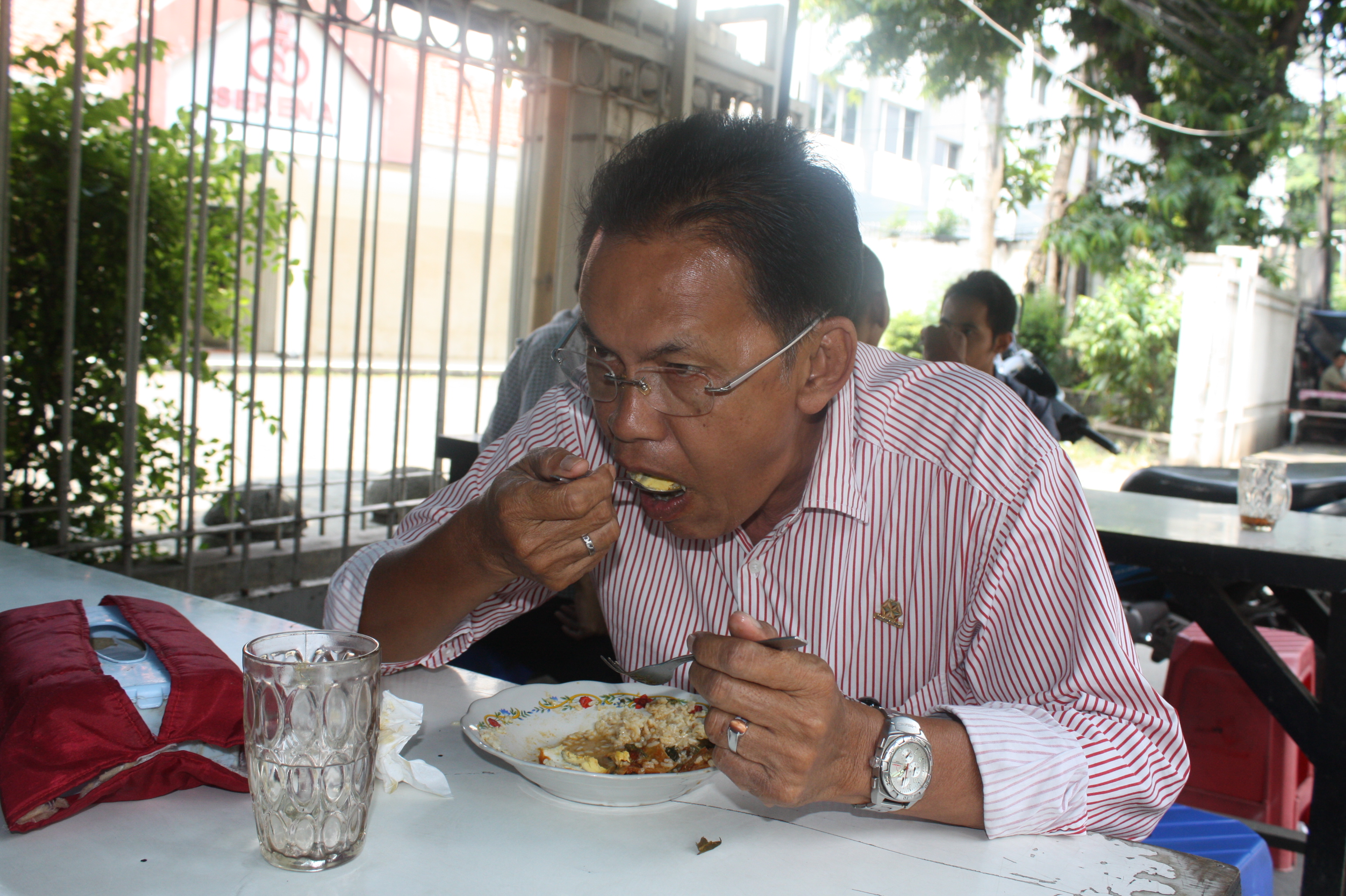Following record-high food prices in 2008, the government launched a national campaign in 2009 to reduce rice consumption by encouraging citizens to go one day a week without rice; all 33 provinces were called on to boost non-rice crop production.
But experts say the drive has had limited success.
“The government should pay attention to farmers, giving them guarantees that they will benefit from growing crops like cassava. Right now there’s no fertilizer or seed subsidy, no price certainty or guarantee who will buy the [non-rice] products,” Mulyono Makmur, an adviser to Indonesia’s agriculture minister, told IRIN.
The State Logistics Agency guarantees rice prices by paying a “government purchase price” and distributing subsidized rice to the poor.
Rice production still far outstrips other crops, with the country producing 37 million tons in 2011, with palm oil, natural rubber, coconuts and cassava trailing far behind, according to the government.
“If we diversify our diets by including local crops such as sweet potato, corn and cassava, any increase in food prices won’t severely affect food security,” said Makmur.
The Asian Development Bank warned earlier this month that Southeast Asia should be prepared for a possible rise in food prices.
Indonesians on average consume 113kg of mostly white rice annually, according to the Central Bureau of Statistics.
This is a drop from 139kg in 2010 but is still high, said Makmur, citing averages in Malaysia and Japan of 80kg and 60 kg, respectively.
Diabetes
In addition to food security, the move to cut back rice consumption is also to improve people’s health through more balanced diets, say campaign supporters.
A 2010 survey by the US-based Harvard School of Public Health found that of the nearly 200,000 people surveyed, those who ate five or more servings of white rice per week had a 17 percent increased risk of developing Type 2 diabetes.
Almost 6 percent of Indonesia’s population (some 13.3 million people in 2007) were estimated to be diabetic, according to the most recent national health survey.
Rice is real
Indonesia, the world’s largest archipelago with 17,000 islands, is home to 77 crops, according to Makmur.
But as the popular local saying goes, “if you haven’t had rice, then you have not eaten.”
Because of the public’s lacklustre response to cutting back on rice, in 2010 the government changed the message from “one day, no rice” weekly to “one meal, no rice” daily.
|
Photo: David Swanson/IRIN |
| A sacred grain to some |
Roots of attachment
Tejo Wahyu Jatmiko, coordinator for the Alliance for Prosperous Villages, a local NGO working to provide access to food in rural areas, said there is a mistaken perception among Indonesians that only poor people eat tubers.
The same stigma applies to fruits and vegetables, said Ahsol Hasyim, director of Indonesia's Vegetable Research Institute.
“In Indonesia people eat rice three times a day and if they don't they are considered [to be] having a hard time economically," he said.
“There’s this image that if you eat rice or wheat, you are prosperous,” Jatmiko added. “I think the issue is how we present commodities like sweet potato and cassava to make them more attractive to Indonesians.”
Jatmiko said the previous government of President Suharto promoted rice as a symbol of prosperity in the 1970s and that image has stuck, even though 75 percent of the world’s poorest rely on rice, according to the Manila-based International Rice Research Institute.
President Suharto launched a "green revolution" in 1969 with the aim of achieving rice self-sufficiency. In 1984 for the first time domestic rice production exceeded consumption.
“At that time, Indonesians from Aceh to Papua were forced to eat rice,” Jatmiko said, referring to the country’s two geographic extremities.
But before rice became the main staple nationwide, many Indonesians had relied on corn, yams and sago, a local starch.
“[President] Suharto used rice as a political tool to stop communism because he believed if people were well-fed they wouldn’t be tempted to become communists.”
ap/pt/cb
This article was produced by IRIN News while it was part of the United Nations Office for the Coordination of Humanitarian Affairs. Please send queries on copyright or liability to the UN. For more information: https://shop.un.org/rights-permissions





